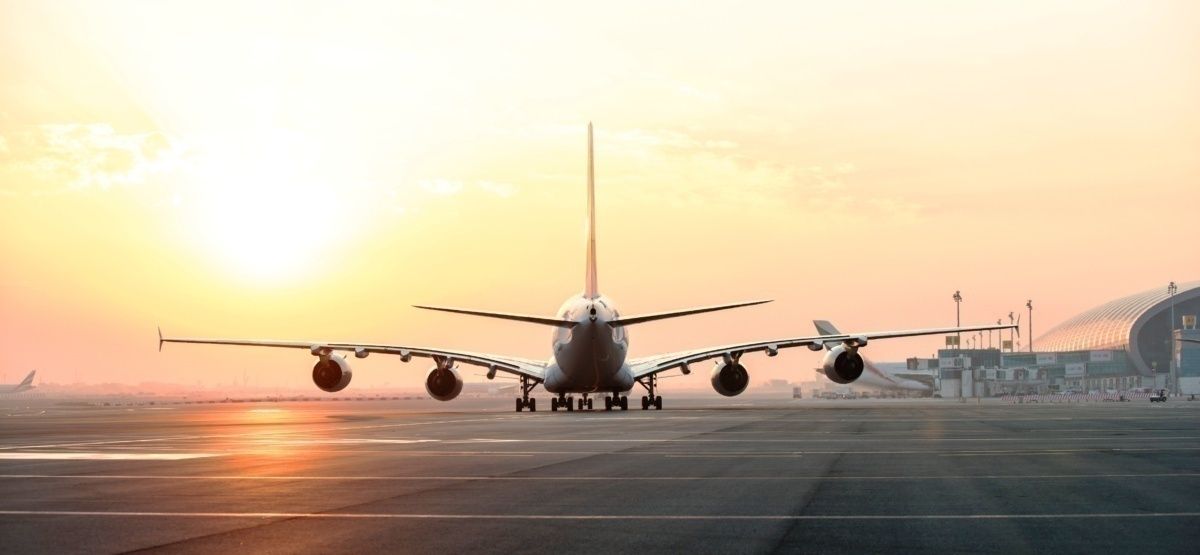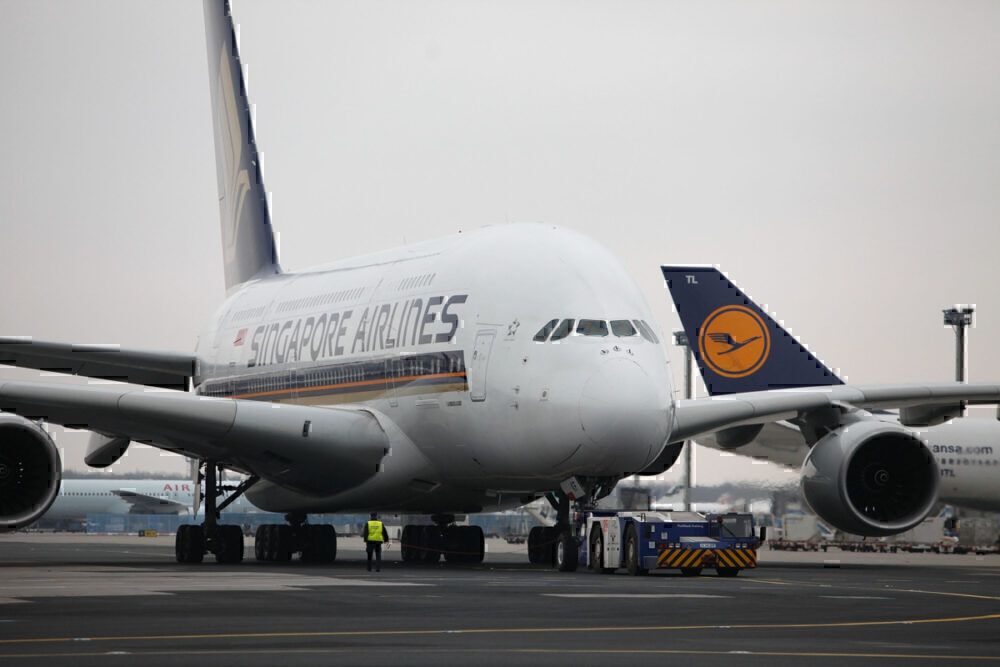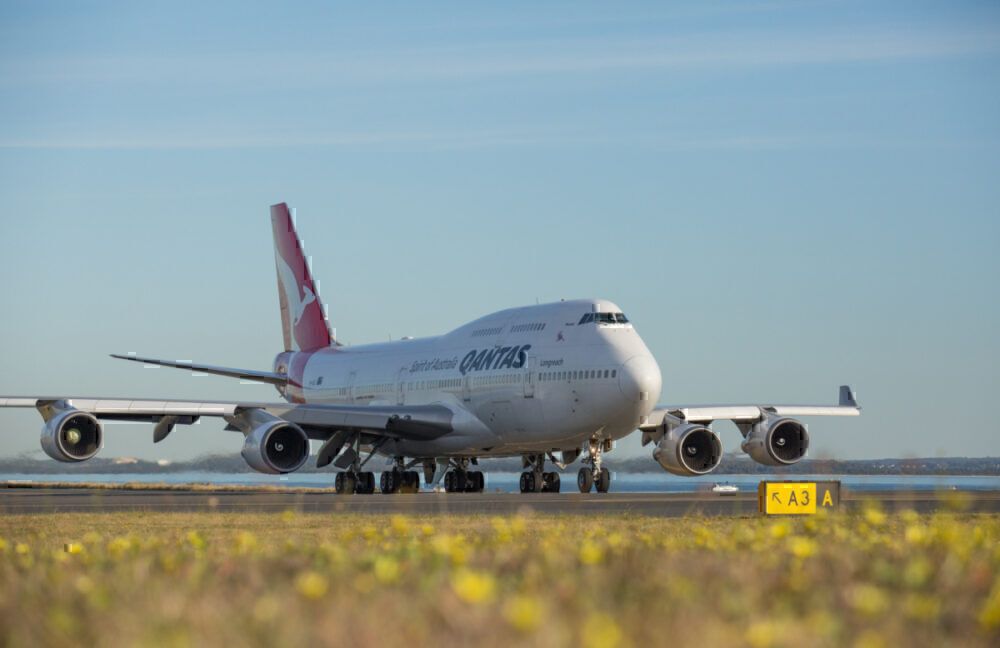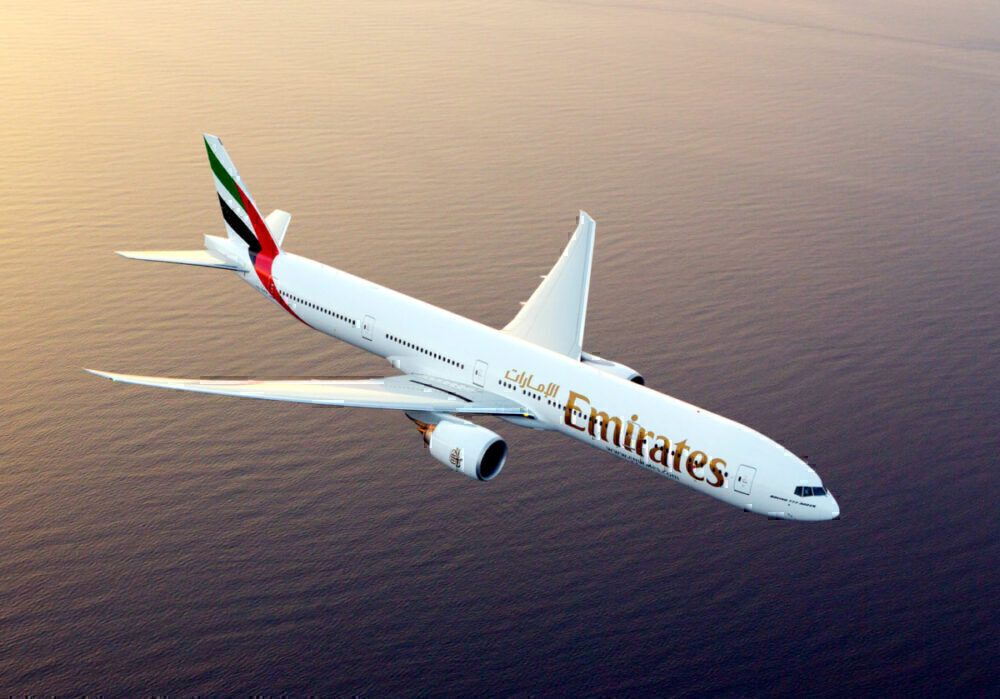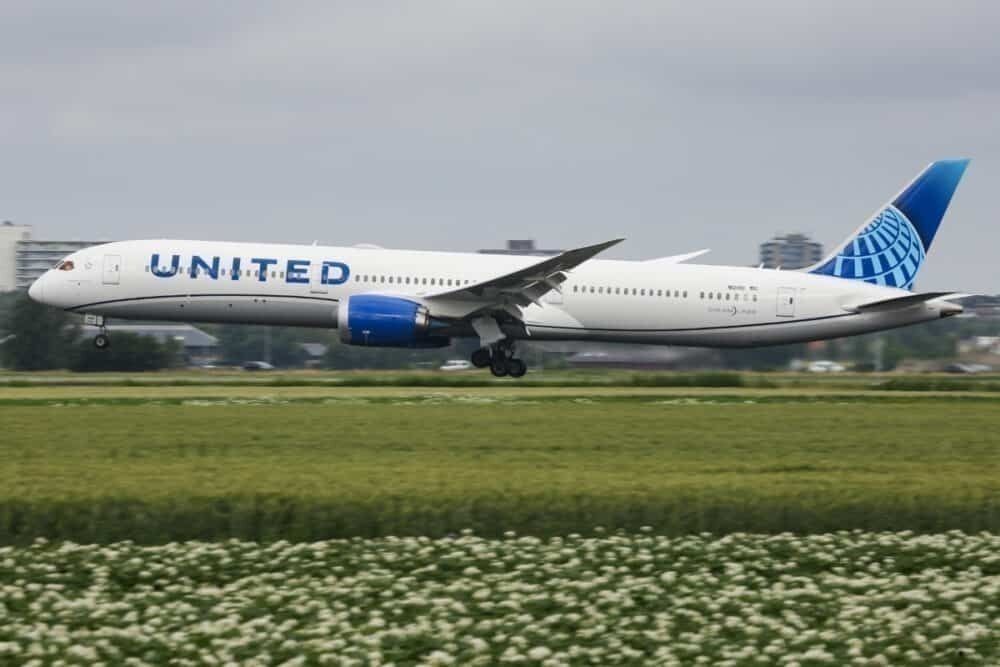Every so often you might notice an airline operating a route that doesn't seem quite right. Air China flying from Montreal to Havana? Delta from Manila to Seoul? All of these flights are possible due to something known as the fifth freedom of the air. So what exactly is a fifth freedom flight? And where can you find one?
What is the fifth freedom?
The fifth freedom guarantees the right to fly between two foreign countries when the flight is originating or terminating in its home country. Put simply, this means airlines can fly between two foreign countries as long as it's part of a larger route from or back to its home country.
Stay informed: Sign up for our daily aviation news digest.
An example of a fifth freedom flight would Emirates flying from Dubai to Milan to New York to Milan to Dubai. On this route, the carrier can carry passengers between Milan and New York (two foreign cities in Italy and the US) on its way to or from Dubai (its home base in the UAE).
The fifth freedom is a part of the "freedoms of the air," a series of agreed-upon principles that allow airlines to fly around the world. The first freedom allows for carriers to fly over a country's sovereign airspace, the second provides for airlines to make a technical stop in a foreign country, and the third and fourth freedoms enable airlines to fly international flights from their home country to a foreign country, and vice-versa.
The first four freedoms are quite basic and form the bedrock for international flights as we know it today. Things start to get a bit more complicated with fifth and sixth freedom flights, which allow airlines to fly outside their home countries. More on this contention later. There are three more rights, which are rarer to see and are not recognized by international treaties.
How do they help?
Historically, fifth freedom routes were essential to ensure the sustainability of long-haul flights. Due to the shorter aircraft range, planes had to make multiple stops along the way. The ability to carry passengers on these shorter hops ensured that these routes had enough passengers to remain profitable. However, the introduction of planes such as the 747 and A300 largely removed the need for multiple stops on long routes.
Nowadays, airlines mainly use fifth freedom routes to serve multiple destinations through a single flight. Instead of flying two long-haul routes, airlines can just make one stop and drop passengers off at their destination, while also picking up passengers for the shorter leg of the flight. This effectively allows airlines to fill flights and increase revenues without too much of an additional cost.
For passengers, fifth freedoms flights may offer a dramatically better product than may be found on local carriers. Since fifth freedom flights are an extension of a longer route, there is a good chance you'll get to fly an airline's long-haul product on a short, regional hop. This means you can fly a 787 or A380 on routes that usually see a 737 or A320.
Since foreign carriers are competing with well-established home airlines, sometimes fifth freedom routes are cheaper than regular routes in premium cabins. This means you could fly in Emirates' A380 business class for a cheaper price than Qantas' 737 business.
The contention
Fifth freedom flights are a win-win for airlines and passengers in most cases. Carriers get to serve two destinations with one flight and gain additional revenue from passengers who want to experience a more premium product. However, there is always a loser in such an equation.
In the case of these flights, local carriers tend to suffer. Airlines tend to oppose the entry of foreign carriers into their markets since they risk losing market share. United protested the entry of Emirates to Newark through its fifth freedom route from Athens, as have other local carriers globally.
Home carriers claim that foreign airlines can push them into losses and damage the national economy, quite a strong argument to block permission. It makes sense, why would one fly Alitalia from Milan to New York, when you could fly an Emirates A380? This, in turn, would cost Alitalia millions in lost revenue and could lead to it cutting jobs.
To start a fifth freedom flight, airlines effectively need permission from three separate governments, making it much more complicated than planning any regular direct flight. This is also the reason why we don't see fifth freedom flights everywhere on popular routes. Governments typically tend to oppose fifth freedom routes to protect their local airlines.
A way out of this crisis?
The current health crisis has crippled airlines, hitting international routes the hardest. In light of this, airlines have been exploring new fifth freedom services, both from a passenger and cargo perspective.
United recently asked for approval to operate fifth freedom flights between Hong Kong and Singapore. At the same time, Delta has updated its operations from Seoul, adding a cargo flight to Shanghai and fifth freedom route to Manila. KLM also recently updated its Middle East offerings, focusing on new fifth freedom routes.
As airlines cut capacity globally, fifth freedom flights allow them to continue servicing multiple destinations. This means airlines can continue reducing their fleets without having to ax destinations. However, original concerns over fifth freedom routes remain, and governments might be hesitant to allow too many foreign carriers into the market and further hurt local airlines.
Have you ever taken a fifth freedom flight? Which airlines was it with? Let us know in the comments!

